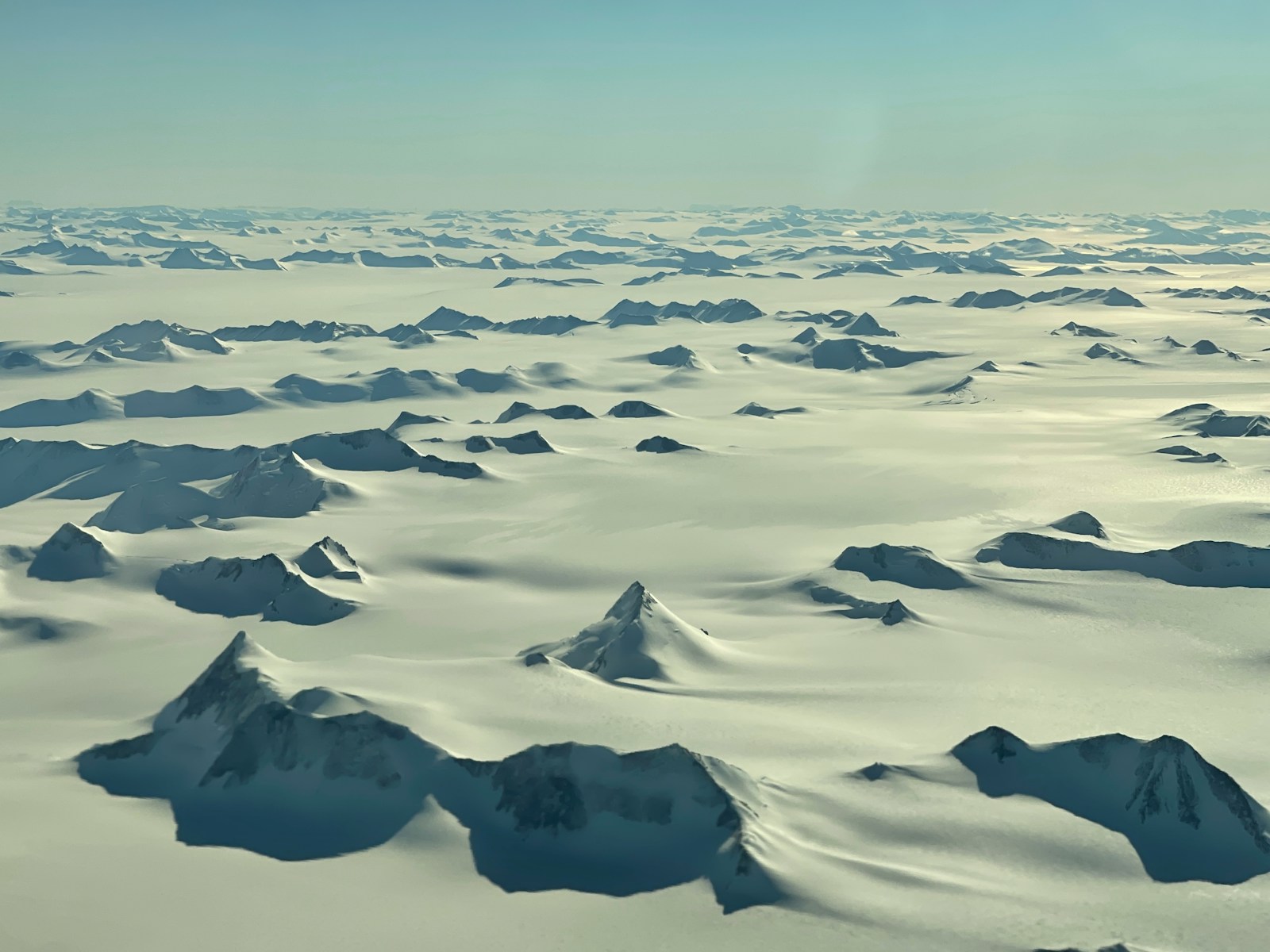A new study suggests that the origins of dinosaurs may be buried in Earth’s most remote and inaccessible regions, potentially reshaping our understanding of the evolutionary history of these iconic creatures.
Key Points at a Glance
- Dinosaurs might have originated in isolated and harsh environments that are difficult to access today.
- New findings suggest key fossils may be located in regions previously overlooked due to logistical challenges.
- Paleontologists are calling for advanced exploration techniques to uncover these ancient secrets.
- Fossil discoveries in such regions could rewrite the timeline and migration patterns of early dinosaurs.
- Climate and geological conditions during the late Triassic period played a major role in shaping dinosaur evolution.
The origins of dinosaurs, which dominated Earth for over 150 million years, may be hidden in some of the planet’s least accessible locations. According to new research, scientists believe that uncharted terrains—ranging from dense rainforests to remote deserts—could hold the fossilized remains of the earliest dinosaurs, providing critical clues about their emergence and evolutionary journey.
The fossil record has so far painted a fragmented picture of dinosaur origins, largely based on discoveries in areas that are easier to explore, such as Argentina and South Africa. However, researchers argue that this creates a biased view of dinosaur evolution. “We’ve only scratched the surface,” says Dr. Elena Marcus, a paleontologist from the University of Edinburgh. “Regions that are challenging to explore—due to geography, climate, or political barriers—may hold the key to understanding the earliest stages of dinosaur evolution.”
During the late Triassic period, about 230 million years ago, Earth’s climate was vastly different from today. The supercontinent Pangaea was beginning to break apart, creating extreme environments. These conditions likely shaped the habitats and behaviors of early dinosaurs. Researchers now hypothesize that the first dinosaurs evolved in isolated areas with limited resources, developing unique adaptations that allowed them to thrive.
Regions like Antarctica, central Africa, and parts of Asia are now emerging as potential hotspots for significant dinosaur discoveries. These areas were part of Pangaea and may have been cradles for early dinosaur evolution. Antarctica, for instance, was once a temperate region, teeming with life. Fossil evidence from these regions could fill gaps in the evolutionary timeline and provide insights into how dinosaurs spread across the globe.
To access these challenging terrains, scientists are relying on cutting-edge technology. Advanced satellite imaging, drones, and remote sensing tools are helping researchers identify promising excavation sites. Additionally, international collaborations are enabling teams to navigate political and logistical barriers to conduct fieldwork in remote locations.
Uncovering fossils in these unexplored regions could challenge long-held theories about when and where dinosaurs first appeared. Current evidence points to South America as a potential origin point, but new discoveries could shift this narrative. “If we find fossils that predate those in Argentina, it could completely rewrite the story of dinosaur evolution,” says Dr. Marcus.
Paleontologists are urging increased funding and support for expeditions into these inaccessible regions. They emphasize that understanding the origins of dinosaurs is not just about filling gaps in the fossil record—it’s about piecing together the broader story of life on Earth. With the right resources and international cooperation, the next groundbreaking discovery might be hiding in the least expected corner of the planet.
